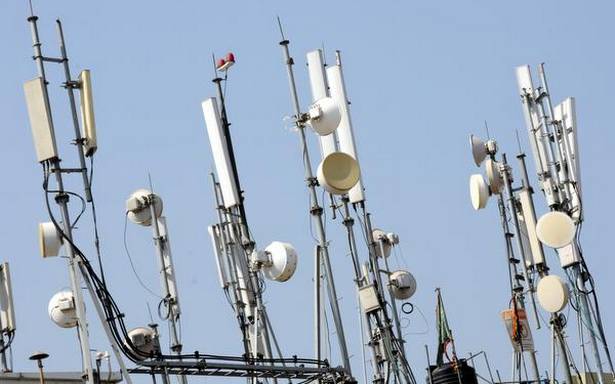Spectrum auction in India began on Monday, with 2,251.25 megahertz (MHz) radiowaves valued at ₹3.92 lakh crore up for bidding.
The auction entailing seven frequency bands for mobile services — 700 MHz, 800 MHz, 900 MHz, 1800 MHz, 2100 MHz, 2300 MHz and 2500 MHz bands — is currently underway, industry sources said.
The current auction does not include frequencies in 3,300-3,600 Mhz bands that were identified for 5G services, which will happen later.
Successful bidders can pay entire bid amount in one go (upfront), or exercise an option to pay a certain amount (25% for spectrum won in 700 MHz, 800 MHz, 900 MHz bands or 50% for spectrum won in 1800 MHz, 2100 MHz, 2300 MHz, 2500 MHz bands) upfront with the remaining amount in a maximum up to 16 EMIs, after a moratorium of two years.
Spectrum will be offered for assignment for a validity period of 20 years. Reliance Jio, Bharti Airtel and Vodafone Idea had submitted a total earnest money deposit (EMD) of ₹13,475 crore for the spectrum auctions.
India’s largest telecom company Reliance Jio with a networth of ₹1.79 lakh crore had submitted EMD of ₹10,000 crore for the auctions, the highest among the three private telcos. Market watchers had said that Jio’s EMD amount indicated its healthy appetite for spectrum in the auctions, particularly on the back of its swelling subscriber base.
Bharti Airtel with a networth of ₹71,303 crore has submitted EMD of ₹3,000 crore and Vodafone Idea with a negative networth of ₹43,474 crore has submitted EMD of ₹475 crore.
Analysts expect the auctions this time to be a low-key affair, and see bids in the range of ₹30,000 crore-₹50,000 crore for the radiowaves valued at around ₹3.92 lakh crore at base price.
Some experts believe that spectrum auction in India has turned into a buyer’s market and may see “minimal competition” with operators going after airwaves that yield the best value for money instead of focusing on renewing all expiring spectrum.
Source: Read Full Article
